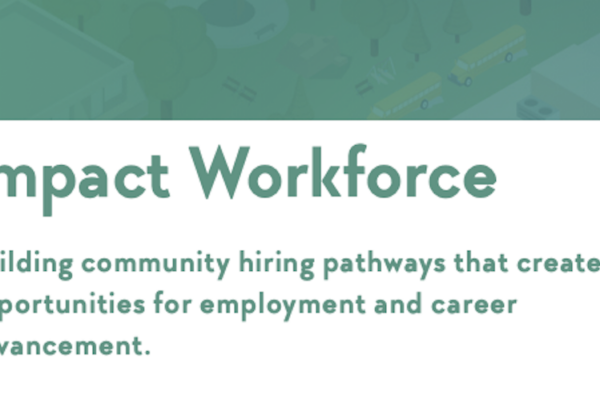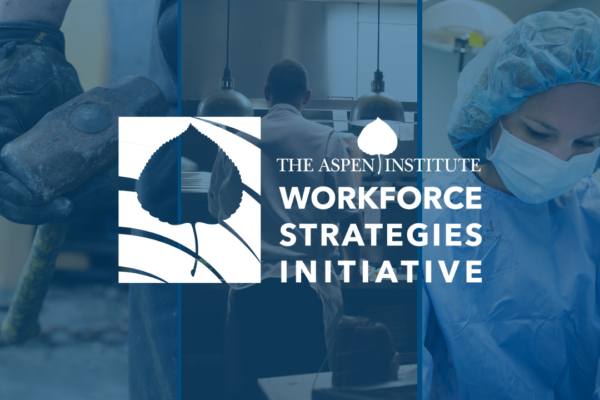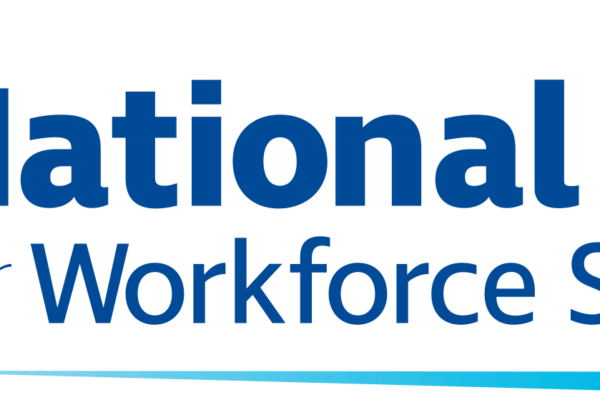Building the pipeline to a healthy community
Part of the Democracy Collaborative’s Hospitals Aligned for Healthy Communities toolkit series.
This toolkit offers a guide for how health systems can leverage hiring practices to advance inclusive, local job creation and career development for communities experiencing the greatest health and wealth disparities.
.
.
Toolkit Contents:
Through Impact Workforce, health systems can invest in an ecosystem of success that lifts up local residents; helps create career pathways for low-income, minority, and hard-to-employ populations; and begins to transform neighborhoods. In the process, health systems can develop a more efficient workforce pipeline, meet sustainability and inclusion goals, and ultimately improve the health of their communities. Establishing an Impact Workforce strategy is an important first step towards rethinking your health system’s role in the community. This toolkit can help you get started.
In the toolkit you will find:
Overview: The overview section of the toolkit explores the overarching framework of the Impact Workforce strategy. This section includes a list of defined key terms used throughout the toolkit.
Case Studies: This section includes case studies from six institutions provide an in-depth look at how hospitals and health systems are implementing this work on the ground and the key strategies they are employing.
Strategies: The strategies section outlines the specific processes and practices needed to localize and diversify your supply chain, focusing on 1) OUTSIDE-IN strategies for creating local and inclusive hiring pipelines, and 2) INSIDE-UP strategies for creating pathways for career advancement within the institution.
Laying the Foundations: The laying the foundations section focuses on institutionalizing these practices, providing worksheets to begin and guide the conversation at your institution. This section guides you through 1) MEASURING YOUR WORKFORCE BASELINE, 2) SURVEYING YOUR WORKFORCE POLICIES AND PRACTICES, 3) MAPPING YOUR COMMUNITY’S ASSETS, 4) IDENTIFYING YOUR PARTNERS, 5) DESIGNING AROUND DATA AND METICS, and 6) PLANNING FOR SUSTAINABILITY.
Return on Investment: The return on investment section provides language and metrics to measure and assess business impact of inclusive, local hiring strategies.
Tools for Getting Started: This section includes four tools to help you get started: 1) DIVING IN: Ideas for where to get started, 2) READINESS CHECKLIST: Do a basic
assessment of where your institution is at, 3) BIG QUESTIONS: Getting clarity on what
matters for your mission, and 4) OVERCOMING BARRIERS: Promising
solutions to common challenges.
.
Additional Impact Workforce Resources
Impact Workforce Overview
Overview on Impact Workforce with case studies, key strategies, and tips for getting started.
Aspen Workforce Strategies Initiative
The Aspen Workforce Strategies Initiative identifies, evaluates, and promotes promising and successful practices and policies that help workers attain stability and mobility, including through training, education, and broader systems change.
Career Pathway Mapping Tools
This toolkit of career pathway resources sheds light on the vast variety of career opportunities in healthcare, and can help health systems enable employees to find those careers and embark on their career journeys.
The National Fund for Workforce Solutions & CareerSTAT
The National Fund for Workforce Solutions supports expanding investments in inclusive, local hiring and frontline workforce development to meet critical workforce needs. CareerSTAT is the National Fund’s healthcare initiative.
Continue Reading The National Fund for Workforce Solutions & CareerSTAT




